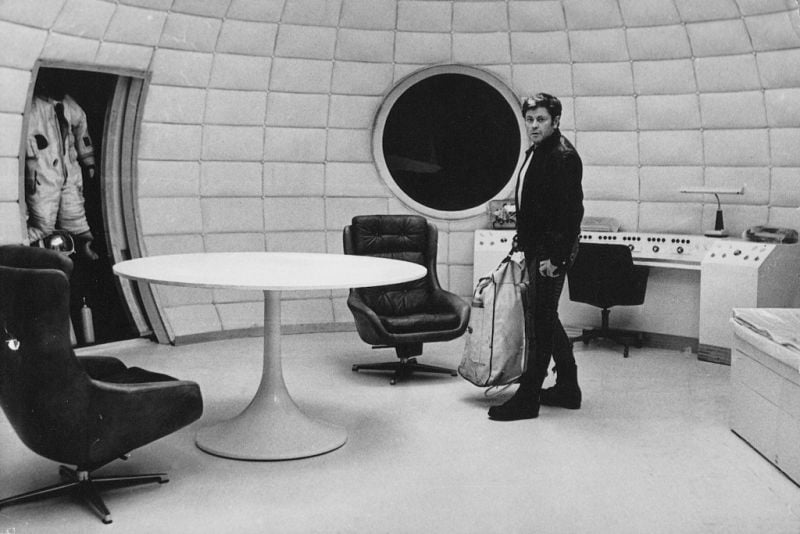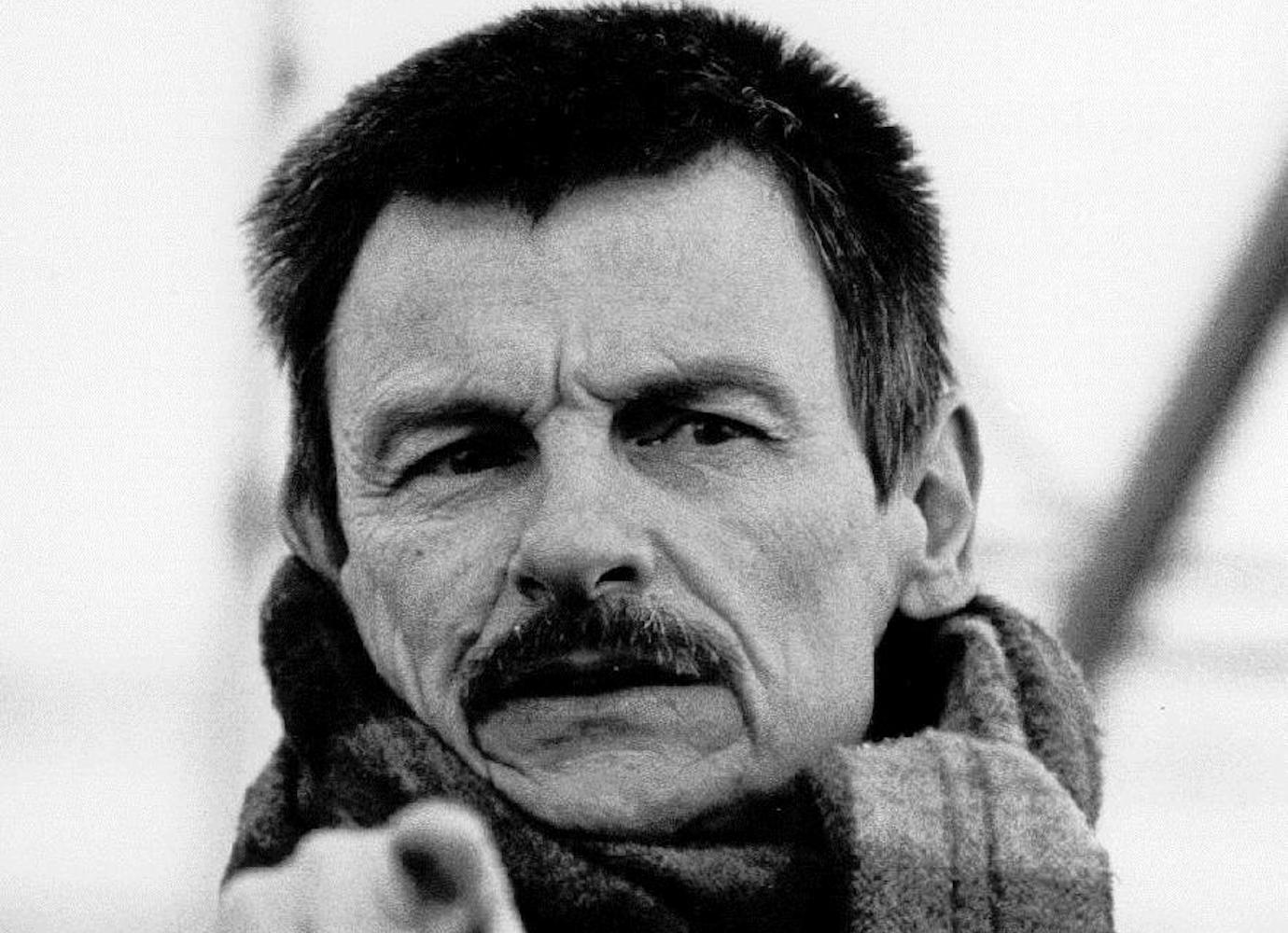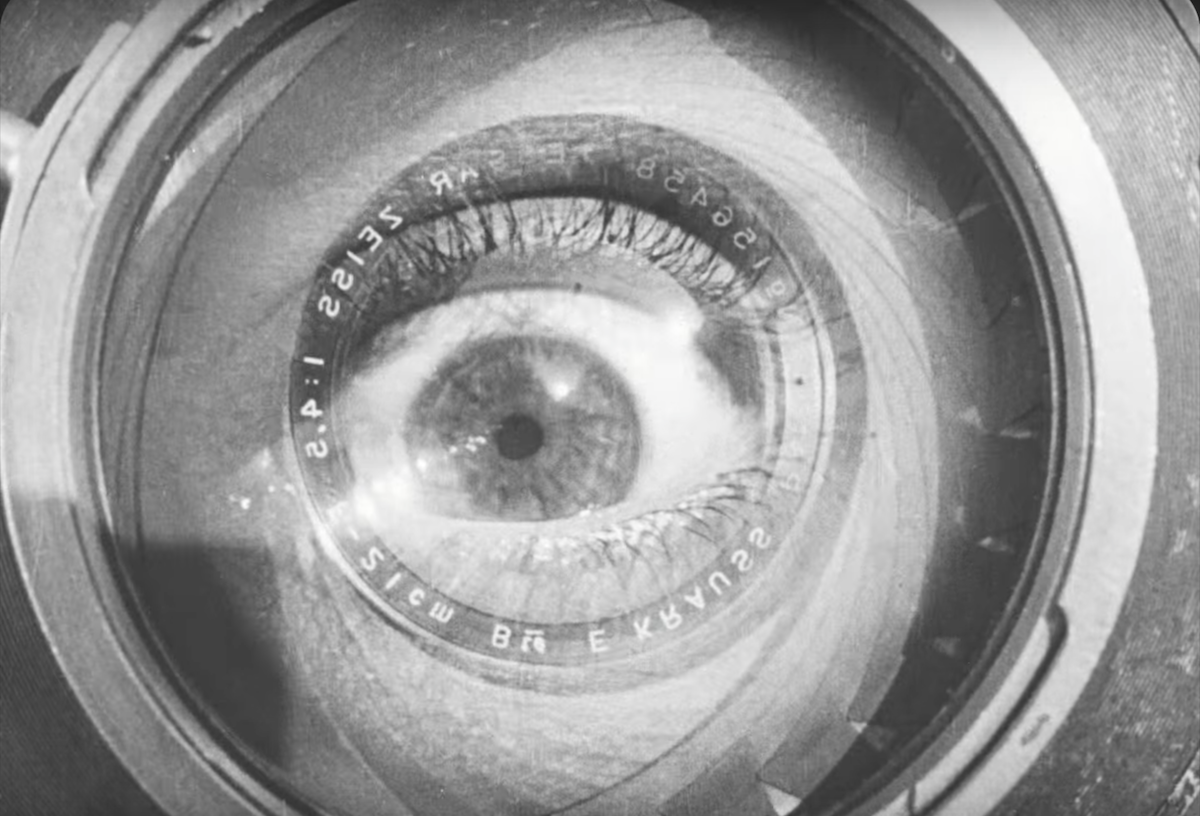Andrei Tarkovsky: where to start with his films
Most arthouse experts, mainstream cinema lovers, and even occasional film enthusiasts, have come across Andrei Tarkovsky. Yet, although his name may ring a bell for many, fewer are familiar with his films. Famous for its symbolic complexity and philosophical depth, the work of the Russian artist can appear daunting.
What comes as a surprise is that Tarkovsky’s filmmaking career was successful, but not prolific. He only made seven feature films during his life: five in the Soviet Union, and the last two in Europe, where he moved to in search for greater creative freedom. Yet, the apparent brevity of his filmography doesn’t make it the least straightforward task to watch.
Born in 1932 in Zavrazhye, a village in Russia’s modern-day Kostroma region, Tarkovsky’s first steps in the world of filmmaking were unconventional. After studying Arabic at the Oriental Institute in Moscow, he dropped out to participate in a year-long science research expedition to the river Kureikye in Siberia. During his time in the taiga, he decided to start a career in filmmaking that would make him one of most influential figures in cinematic history.
The main prowess of Tarkovsky’s diverse work is that it is both profoundly personal and simultaneously relatable. Tarkovsky’s films often revolve around his own childhood and artistic plight in Soviet Russia. Yet, by combining metaphysical depth and visionary audiovisual genius, Tarkovsky used film as a medium to break down personal problems into the core struggles of human nature. The result is a body of work that deals with themes ranging from the life of a 15th-century painter to the extra-terrestrial future — all while posing fundamental questions about memory, time, and the meaning of life.
Tarkovsky’s poetic style is far from accidental. As he expressed in his two books, Sculpting in Time and Time Within Time, he believed that the purpose of film was to break with narrative norms to capture the passage of time and elicit a strong emotional response in the audience. Tarkovsky’s haunting cinematic language slowly takes us out of our mundane reality and invites us into a dreamlike world where profound emotions prevail over logical structures. Ever-timely, Tarkovsky’s visionary use of cinematic language unravels unknown spaces of the psyche and pushes the boundaries of creative expression.
To help you navigate Tarkovsky’s films, we’ve created a first-timer’s guide to discovering the quintessential oeuvre of the Russian filmmaker.
Mirror
Mirror, Tarkovsky’s fourth feature, is arguably his masterpiece. Although it is his most unconventional in form, it is a great first step into the filmmaker’s universe, as it both reflects fundamental aspects of the filmmaker’s life, and showcases his unique cinematic style. Pragmatically-speaking, its 108-minute running time also makes it relatively more accessible than some of his three-hour films.
Structured as a series of dreams, Mirror weaves fragments of childhood memories, poems from Tarkovsky’s father, Arseny, about time and immortality, archive footage of the Red Army, and elements of Tarkovsky’s adult life. The film inadvertently jumps back and forth in time, scenes blur the line between dream and reality, and the same actors play different characters. Stylistically, Mirror showcases Tarkovsky’s stunning use of rain, fire, and otherworldly imagery to construct a dream-like universe. Confusing but magnetic, Mirror will give you a taste of Tarkovsky’s style and leave you hungry for more.
Andrei Rublev
Andrei Rublev, Tarkovsky’s second film, is an unquestionable second stop in a Tarkovsky journey. With a daunting running time of three hours and 25 minutes, the 1966 film is rather akin to a spiritual encounter rather than a conventional cinematic experience. Based on the life of the eponymous 15th-century icon painter, this poetic film is divided into eight episodes of the artist’s life, with a prologue and an epilogue only loosely related to the plot.
Although it is set against the backdrop of Tatar invasions and turbulent fighting between rival Russian princes, the film faced strict censorship at the time of its release. Its depiction of the struggle for artistic freedom and the making of art under a repressive regime rang true for Andrei Rublev and for Tarkovsky himself, who sought to capture his own experience of oppression in the Soviet Union in his second film. Heavily symbolic and quasi-psychedelic, Andrei Rublev is not an easy watch, but it will put your affinity for Tarkovsky to test.
Stalker
For a taste of Tarkovsky’s sci-fi adaptations and unfathomable psychological depth, Stalker wins over his previous futuristic film, Solaris. The plot of Stalker seems strangely straightforward — in an unnamed place at an unknown time, an outlaw guide, or “stalker”, leads two men on a pilgrimage into a cordoned-off area called The Zone, to find a room that has the power of fulfilling one’s innermost desire. Slowly, a spiritual crisis unfolds across the course of this enigmatic and visually entrancing journey into the truth of human nature.
The ominous weight of Stalker is enhanced by its set, a toxic chemical plant near Tallinn, which is said to have accelerated Tarkovsky’s lung cancer. Shot in 1979, the film has also been deemed as a bleak prophecy of the Chernobyl Disaster, adding to the startling psychological weight of the film.
Nostalghia
Nostalghia was Tarkovsky’s first film made while in exile in Italy. Within it, Tarkovsky portrays his own flight from the Soviet Union through the story of a Russian writer who comes to Italy to research a compatriot and 18th-century composer. Reflecting Tarkovsky’s belief that Russians are fatally attached to their roots, the writer finds himself paralysed by the painful longing for his homeland. In a profoundly autobiographical scene, Tarkovsky ends the film with a stunning dream-like image of the writer and his dog in front of a Russian dacha, drowning in mist between the arches of an Italian cathedral.
If you’ve made it this far and you want to call yourself a Tarkovsky connoisseur, then it’s time to go back to his first feature, Ivan’s Childhood. Released in 1962, it won him critical acclaim and international recognition, but this Soviet war drama is not as fully representative of his style as his later films. Afterwards, tick Solaris (1972), Tarkovsky’s first sci-fi art film, off the list. The Sacrifice (1986), the director’s last film, is also sorely representative of Tarkovsky’s outlook on life before his premature death. As World War III breaks out and the threat of nuclear annihilation becomes clear, a middle-aged intellectual attempts to bargain with God. Apocalyptic, contemplative, and haunting, it sets a poetically relevant end to one of the most trascendental careers in cinema history.
Tarkovsky’s films are available to rent on Amazon Prime, YouTube, Google Play, or Apple TV.


